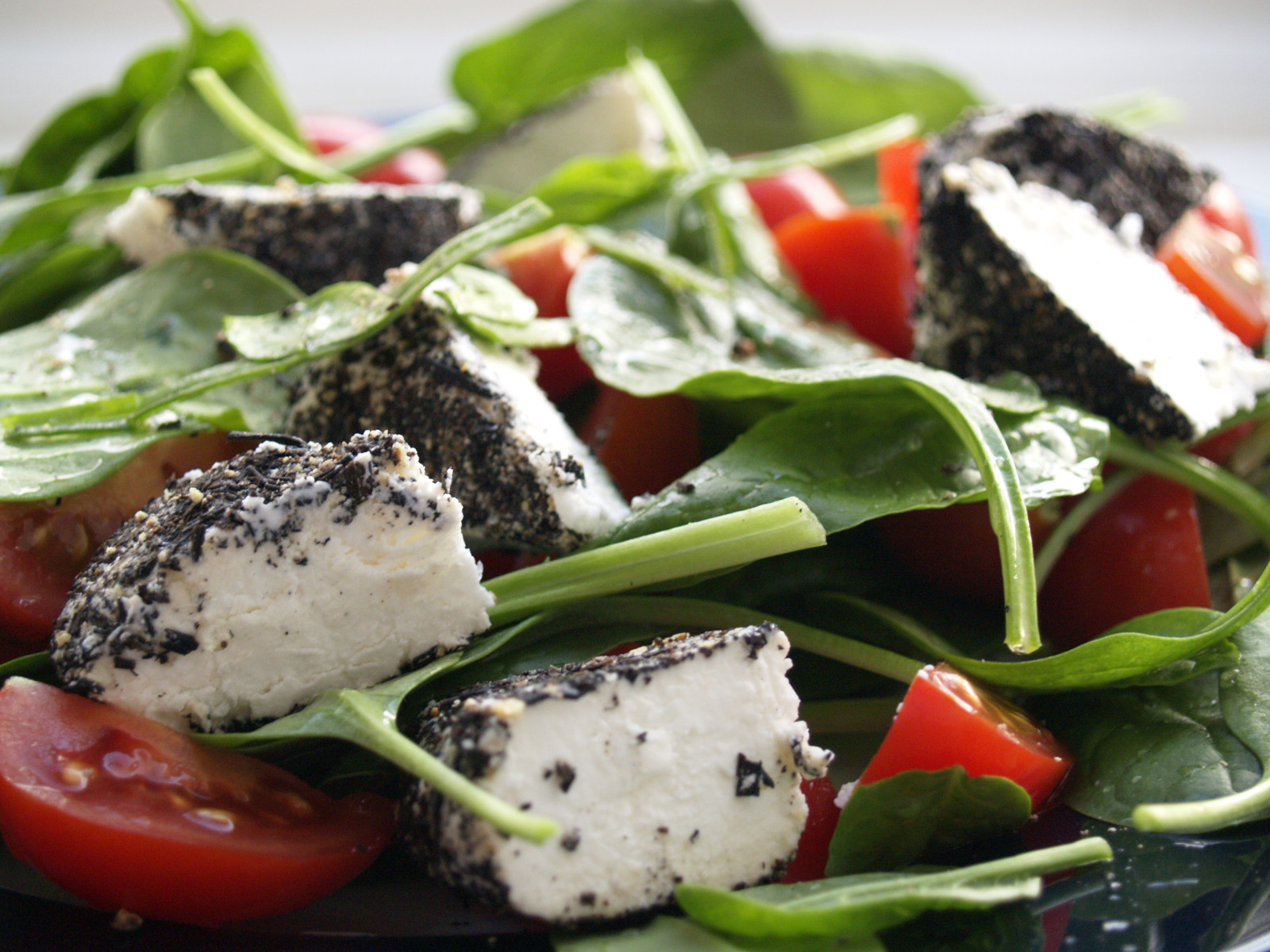Since neuroblastoma strikes very young children, prevention may start with the parents, before they are even born. When one study aimed to investigate this, cases of children diagnosed with neuroblastoma over a period of two years from Children's Cancer Group and Pediatric Oncology Group institutions were compared to random matched controls. This yielded 538 cases and 504 matched controls. Daily use of multivitamins was linked to a 30-40% reduced risk of neuroblastoma, both during pregnancy and in the month before conception. For example, use in the second trimester was associated with a 40% lower risk. It did not seem to matter about specific vitamins or minerals, and age at diagnosis or amplification of cancer-related genes didn't have much effect on the results either.
 |
| Eat your spinach. Source: cyclonebill (CC BY SA: 2.0) |
Actually, it may be best to see pregnancy multivitamins as just a complement to consuming a diet of nutrient-rich, whole foods, which contain substances that aren't found in multivitamins, but may have a preventative effect on neuroblastoma. For example, a study on mice found that DHA, an omega-3 fatty acid, caused stable disease or partial response in rats with grafted human neuroblastoma cells and no immune system to try fighting it. DHA is found in oily fish, and to a lesser extent from other animal foods especially when grass-fed. This really needs further study, especially as a preventative, with neuroblastoma being such a terrible disease. Additionally, ellagic acid has also been shown to kill off neuroblastoma cells in test tube research. This is found in some berries, other fruits and nuts, and should also be researched for preventative abilities. Something else that needs follow-up research is another lab study where ketones, produced for energy when one is on a ketogenic diet, reduced viability of neuroblastoma cells by more than half. Unlike the normal cells they were compared to, the neuroblastoma cells were not able to use the ketones for energy. Overall, research on this and natural ways to prevent neuroblastoma do look promising, and "we don't know how to prevent it" is no excuse to neglect them in cancer research.
No comments:
Post a Comment